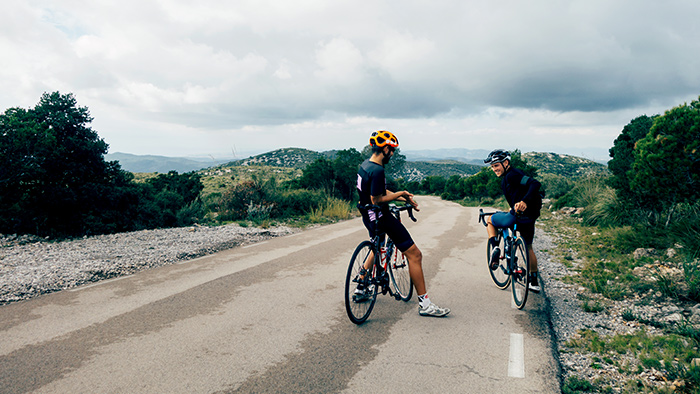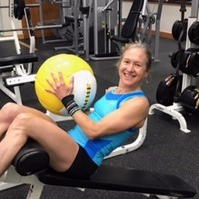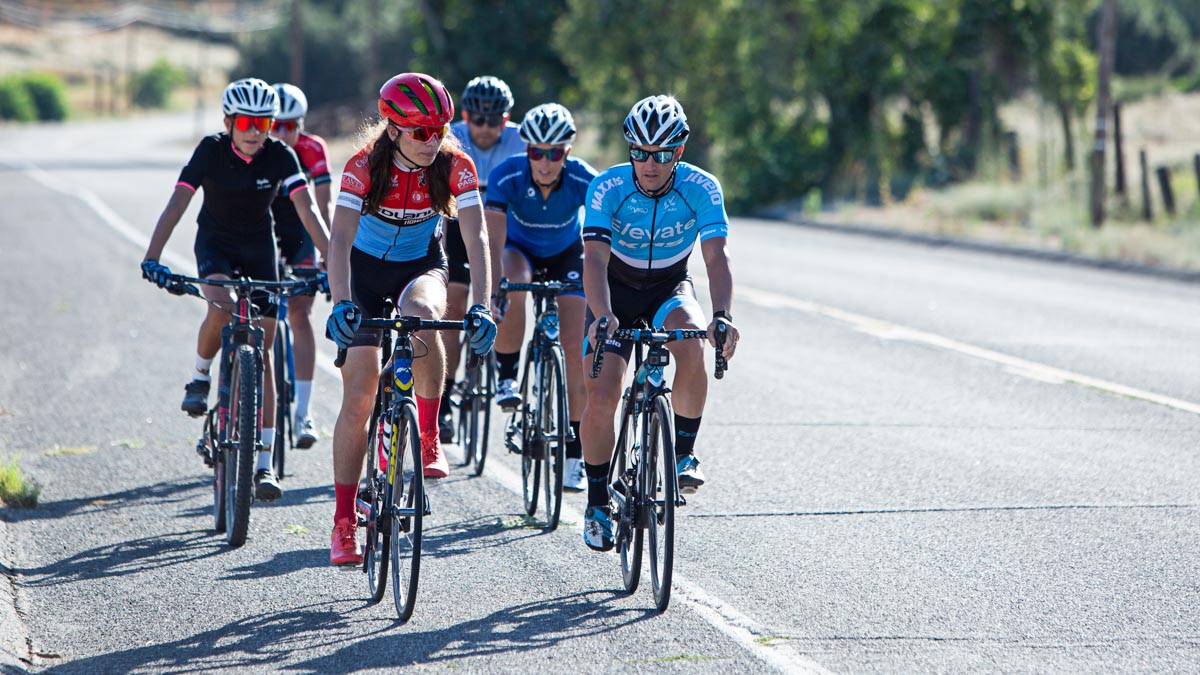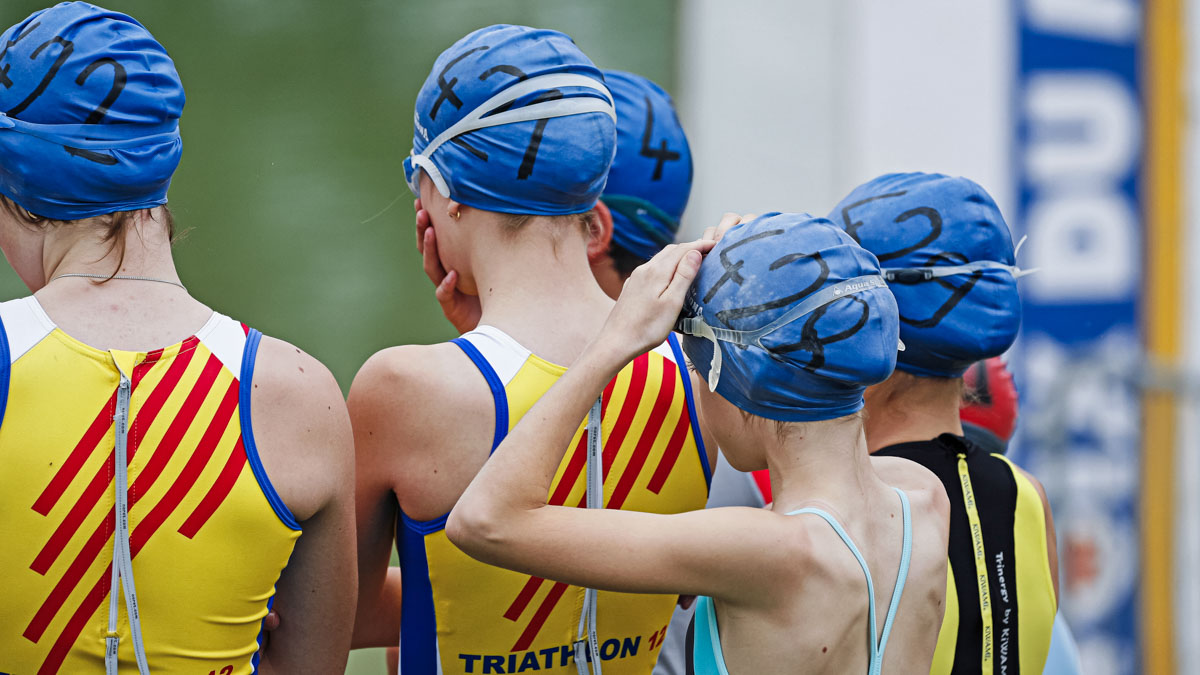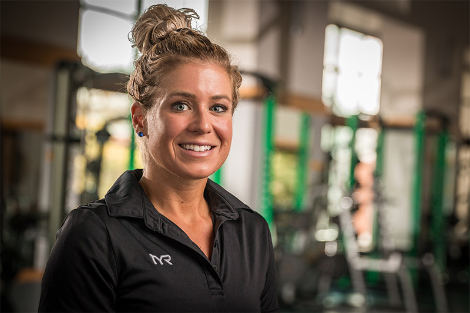How To Coach Youth Athletes More Effectively
Adult and youth athletes share a similar process for learning, but due to cognitive differences, the context for learning must be different. Most notably, there are significant differences in attention span, the ability to process complex information, and the development of proprioceptive skills. A coach’s ability to teach youth athletes must be based in an understanding of these differences.
One fundamental aspect of coaching youth athletes is the fact that youths are less focused and have much shorter attention spans than adults. Complex information must be broken into smaller pieces, such as simple exercises and drills.
Here are five techniques that will help you when coaching young athletes:
1) Breaks are key.
Simple drills which break complex skills into parts can be taught separately, interspersed with breaks for learning another skill or having some fun. For very young athletes, I like to work on a specific skill and then intersperse the learning with fun or games. When I am teaching a drill in the pool, I will have my athlete complete several repetitions of the drill with the correct form before adding a progression and will then follow this learning sequence with a break. The breaks might consist of asking about some aspect of their life or allowing them to show me “one of their tricks” in the water.
2) Don’t be afraid to move on.
If my athlete is not learning the skill properly, despite repeated explanations and corrections, I prefer to move on to another skill and will pick up the previous one at the next training session. This prevents frustration and a negative association with learning that particular skill. It is amazing to me that sometimes a youth who struggles with a specific skill will go home and “sleep on it,” and when they return to the next training session, the skill will come to them easily and naturally.
3) Get organized.
Youth athletes are much less goal-oriented than adults, so it is very important for the coach to have structure and a plan for the session. Workout plans need to be flexible to allow for changing circumstances but must be tight, with little room for distraction. Once the attention of the athlete is lost, it can be difficult to get them to refocus. And, when a coach loses focus, the athletes will lose focus, too. Be careful about engaging in conversations with others while you are coaching!
4) Maintain focus.
In most cases, the younger the athlete, the shorter the attention span. Short sessions of 30 minutes are entirely adequate for most youths under ten years of age. As maturation occurs, youths can handle longer sessions. Often, boys tend to have shorter attention spans than girls, and boys may need more breaks for fun or to engage with others.
To keep athletes focused, it can be helpful to remind the youths to “look at me when I am talking to you.” It can also be helpful to ask them to repeat the directions that were just given, such as asking, “What did I just ask you to do?”
5) Positive reinforcement
For many youth athletes, the relationship with their coach is very important. Youths thrive on positive reinforcement, and early relationships with adults can make a significant impact on their lives. Studies have shown the 5:1 ratio (5 positive comments for every 1 constructive criticism) is the most effective. Youths are still developing their sense of self, and positive reinforcement is key. One technique is to “sandwich” constructive criticism between two positive comments. For example, “Great job keeping on your side, try to kick a little harder to keep the momentum. Nice job with your head position.”
Another technique I have found extremely helpful is to tell the youths I coach that they are performing the skill so well that I would like to film it on my iPhone if it is OK with them. I let them know I would like to share it with their parents, caregivers or others. Most youths love being filmed, and it is amazing how much their skill improves while I am filming them! After the session, they enjoy showing it to their caregivers.
So, the next time you are coaching your athletes, don’t forget these key techniques to keep them engaged:
- Provide outlets for fun and breaks
- Outline expectations before the practice begins
- Eliminate distractions
- Ask athletes to engage visually with the coach while instructions are being given
- Keep explanations minimal; the fewer words, the better!
- Incorporate rewards into the session
- Film their skills and show them
The relationship between a coach and a youth athlete is often very important, and it can have a significant impact on their life. Youths often hold coaches as role models and look to them for guidance in their sport and their life.
